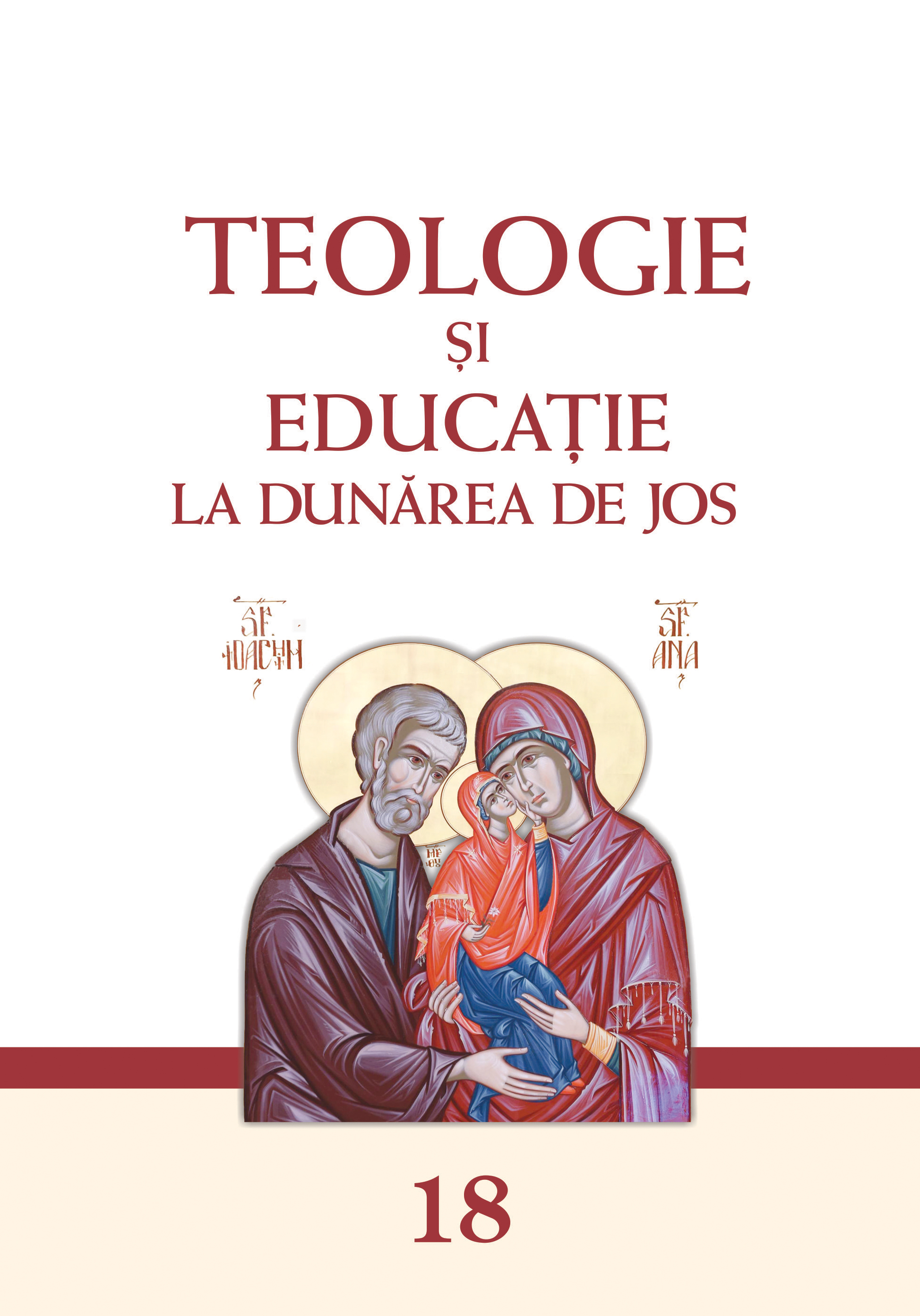Repere privind viața și activitatea Episcopului Wilfrid de York (634-710)
Highlights on the life and work of Bishop Wilfrid of York (634-710)
Author(s): Alexandru BulgaruSubject(s): Christian Theology and Religion, Theology and Religion
Published by: EDITURA ARHIEPISCOPIEI DUNĂRII DE JOS
Keywords: Bishop Wilfrid; York; Northumbria; Sussex; Whitby Synod; Theodore of Canterbury; Anglo-Saxon; Pope Agatho;
Summary/Abstract: Born of noble parents, the future Bishop Wilfrid of York embraced the monastic life as a teenager, studying in Lindisfarne, Canterbury, Gaul and Rome. He stood out in 664 at the Synod of Withby, which resolved the conflict between Celtic Christians and those under the obedience of the Church of Rome. The following year he was elected Bishop of Northumbria, but, not trusting the validity of the bishops in the island, he went to Gaul, where he remained longer than he should have. Oswiu, king of Northumbria, appointed Ceadda in his place, but in 668 the new Archbishop of Canterbury, Theodor de Tarsus, restored him. Following a conflict with Ecgfrith, King of Northumbria, the diocese was split in two, and Wilfrid appealed to Pope Agatho, who ruled in his favor. On his return from Rome, Wilfrid was arrested and later exiled. During his exile he initiated the Christianization of Sussex, the last pagan Anglo-Saxon kingdom. He was restored again, at Theodor’s insistence. He was later exiled again and went to Mercia. He appealed again to Rome, which decided a local synod to be hold. At this local synod, held at Austerfield in 702, Wilfrid was excommunicated and appealed again to Rome, which ruled in his favor and restored him. He died in 710.
Journal: TEOLOGIE ȘI EDUCAȚIE LA DUNĂREA DE JOS
- Issue Year: 18/2020
- Issue No: 18
- Page Range: 245-262
- Page Count: 18
- Language: Romanian

